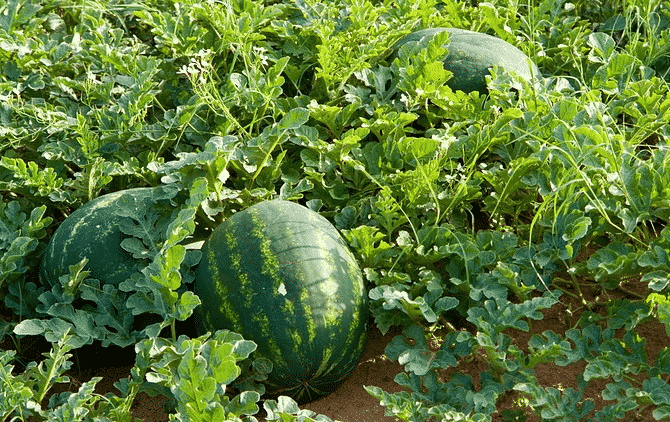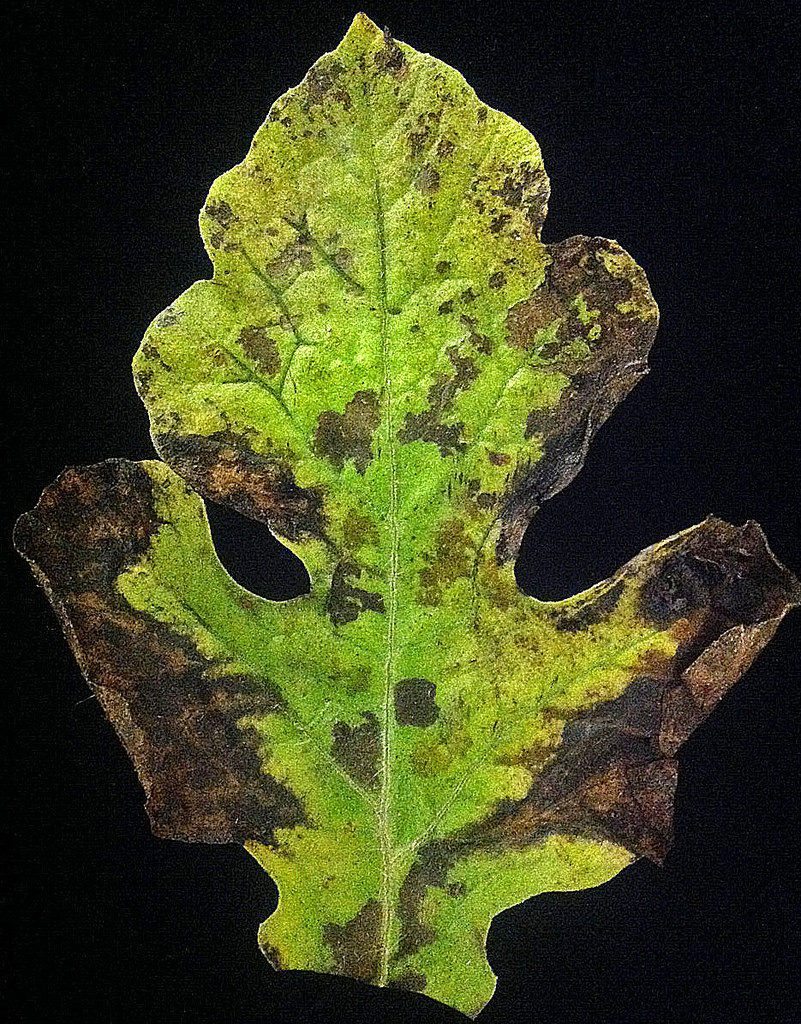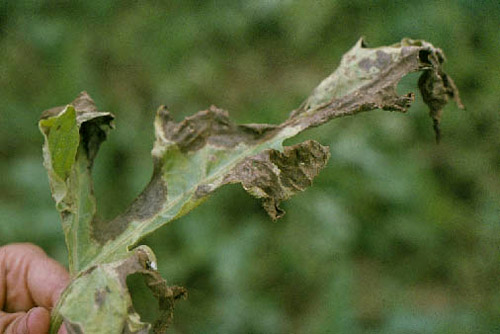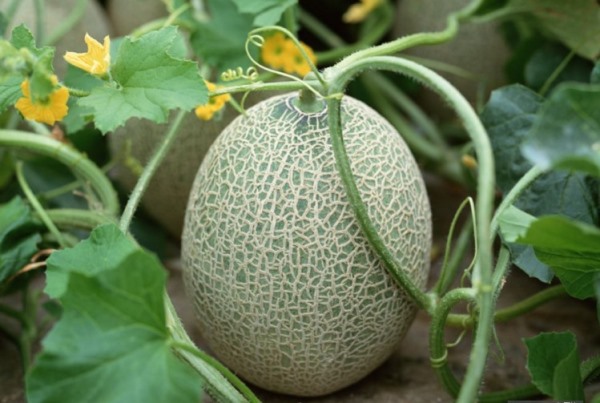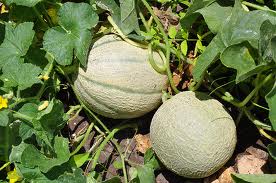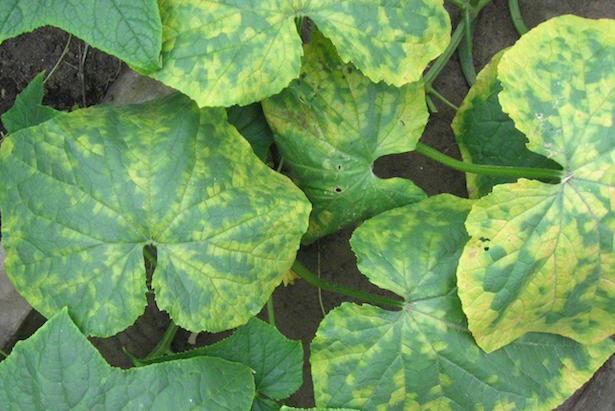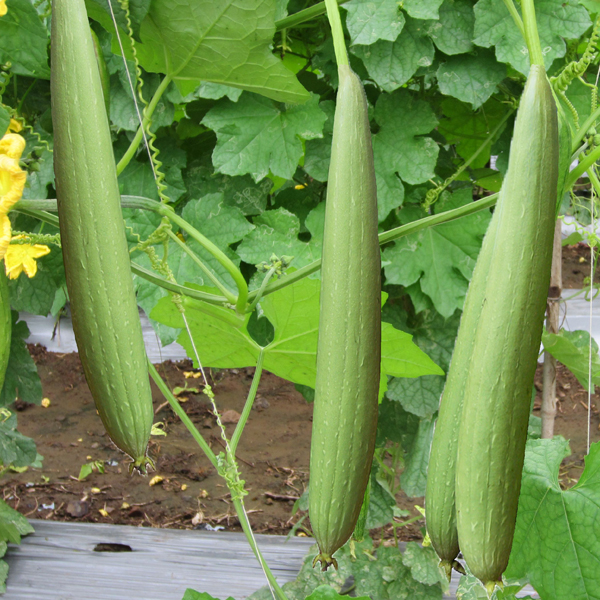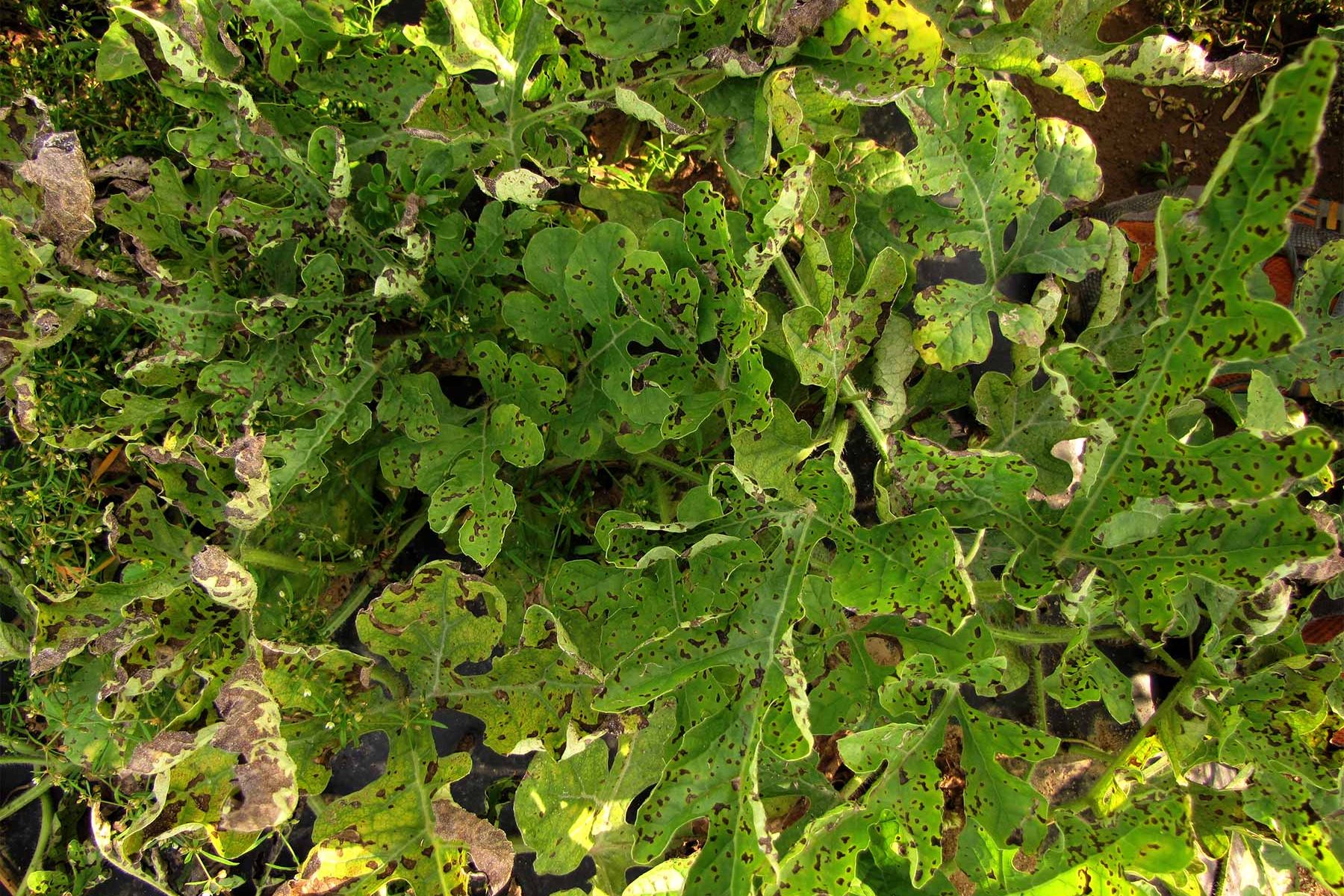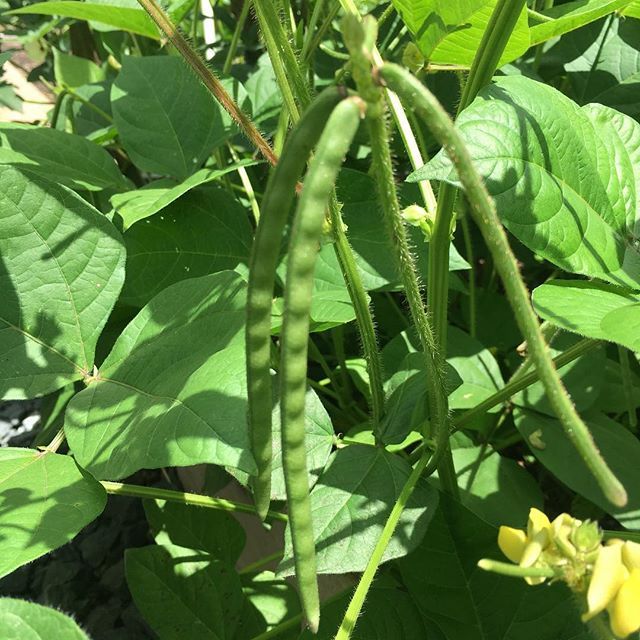Skip to content
- We can promote flowering and take high yield through the given below products.
- Spray Homobrassinolide 0.04% W/w 100-120 ml/acre.
- Apply seaweed extract 180-200 ml/acre.
- Use multi-Micro nutrients 300 Gm/acre.
- The effect of this spraying remains on the plant for 80 days.
Share
- Choose healthy seeds.
- Inspect transplantation and uproot the infected plants and leave the farm out of the field.
- spray chlorothalonil 75% WP @ 350gm / acre or
- spray tebuconazole 25.9% EC @ 200 ml / acre solution.
Share
- In this disease, infection is visible on almost every part of the plant except the roots.
- A Yellowness/greenness occurs at the edges of the leaves, while spots start occurring on their surfaces.
- The wound is formed on the stem of the plant which is infected by this disease. Then a black-coloured gummy substance starts releasing from this wound.
- On the string, brown spots become black spots which later go to the wound.
- In bottle gourd seeds have medium-brown, dark spots.
Share
- Destroy infected plants and plant debris.
- Use of disease-free seed.
- Seed treatment with carbendazim @ 2 gm/kg seeds before sowing.
- Use Propiconazole 25% EC @ 80-100 ml/acre when the disease appears on the muskmelon plant.
Share
- Diseases are more common in sandy soil.
- The plant shows a distinctive dark brown necrotic rot of the crown and upper portion of the taproot.
- This decay extends around the stem and girdles the plant.
- The affected area turns soft and mushy
- affected plants show wilting symptoms
Share
- Adopt clean cultivation and remove alternate hosts, particularly weeds.
- Follow crop rotation.
- Avoid cropping mosaic prone season and areas.
- Acephate 75% SP @ 80-100gm/acre and add antibiotic chemicals like streptomycin 20 gm/pump for better control. or
- Acetamiprid 20% SP @ 100 gm/acre and add antibiotic chemicals like streptomycin 20gm/acre for better control.
Share
- This viral disease is transmitted through sap and vector aphids.
- In infected plants, the younger leaves unfold very late and show complete chlorosis followed by green vein banding.
- The older leaves exhibit prominent dark green raised blisters. the malformed leaves assume a filiform shape.
- Vegetable growth, flowering and productivity are also affected adversely.
- Severely affected vines do not bear fruit.
Share
- Plucking and destroying affected leaves helps in reducing Downy Mildew in watermelon crop.
- Plant seeds of disease-resistant varieties.
- Crop rotation and sanitation reduces the severity of the disease.
- Drench with thiophenate methyl 70% WP at the rate of 300 gm/acre.
- Spray Metalaxyl 8%+Mancozeb 64% WP at the rate of 500 gm/acre.
- Spray pseudomonas fluorescens @ 500 gram/acre.
Share
- Water-soaked lesions appear under the surface of leaf lamina.
- Angular spots appear on the upper surface similar to water-soaked lesions.
- Lesions appear first on the older leaves and progressive on the younger leaves.
- As the lesions expand, they may remain yellow or become dry and brown.
- Affected vines do not bear fruits properly.
Share
- Gramophone Moong Samriddhi Kit includes all the essential ingredients that are required to get more production from the moong crop.
- The Moong Samriddhi Kit contains various kinds of beneficial bacteria.
- Potash and phosphorus bacteria, Trichoderma viridi, humic acid and Rhizobium bacteria are prominent among these bacteria.
- This kit has been prepared by mixing all these microorganisms.
- The total weight of this kit is 6 kg, and one kit is used for one acre of area.
Share

